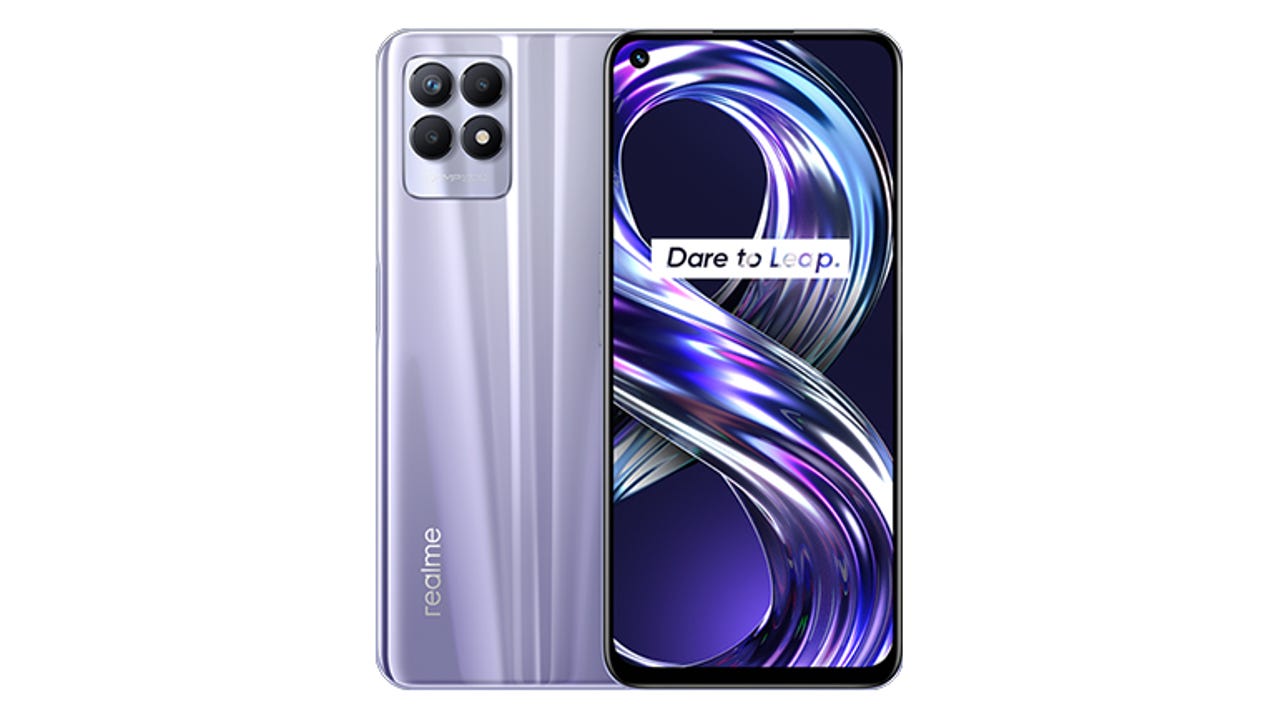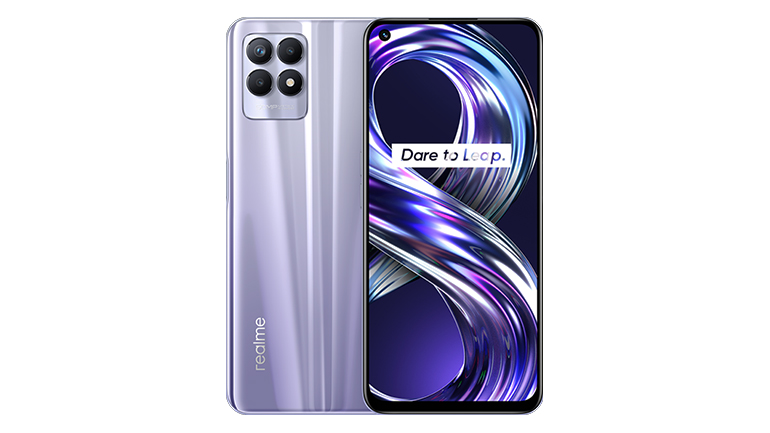'ZDNET Recommends': What exactly does it mean?
ZDNET's recommendations are based on many hours of testing, research, and comparison shopping. We gather data from the best available sources, including vendor and retailer listings as well as other relevant and independent reviews sites. And we pore over customer reviews to find out what matters to real people who already own and use the products and services we’re assessing.
When you click through from our site to a retailer and buy a product or service, we may earn affiliate commissions. This helps support our work, but does not affect what we cover or how, and it does not affect the price you pay. Neither ZDNET nor the author are compensated for these independent reviews. Indeed, we follow strict guidelines that ensure our editorial content is never influenced by advertisers.
ZDNET's editorial team writes on behalf of you, our reader. Our goal is to deliver the most accurate information and the most knowledgeable advice possible in order to help you make smarter buying decisions on tech gear and a wide array of products and services. Our editors thoroughly review and fact-check every article to ensure that our content meets the highest standards. If we have made an error or published misleading information, we will correct or clarify the article. If you see inaccuracies in our content, please report the mistake via this form.
Realme 8i review: An affordable phone with a 120Hz screen and good battery life


The Realme 8i runs on a MediaTek Helio G96 chipset, which does not support 5G.
Realme tends to subdivide its smartphone lines into several configurations to cater for different market segments. The Realme 8, for example, comes in four flavours: at the entry level is the 6.4-inch Realme 8 (£169); those who want 5G should look to the 6.5-inch Realme 8 5G (£199); and the top-end specs are found in the 6.4-inch Realme 8 Pro (£279). All of these handsets are available directly to UK buyers. The 6.6-inch Realme 8i with its 5000mAh battery and 120Hz screen isn't a direct purchase in the UK at the time of writing, but is selling across Europe for €199 (4GB/64GB) or €219 (4GB/128GB).
The immediately eye-catching thing about my Realme 8i review unit was its pale lavender-coloured backplate with a silver tint. This colour, which Realme calls Space Purple, won't appeal to everyone, but it's certainly distinctive. More conservative buyers can choose the Space Black alternative.
The backplate is a fingerprint attractor and also quite slippery in the hand. Realme includes a clear bumper with the phone, which will solve these issues, while also affording extra protection for the plastic backplate. However, the back's light-reflecting capabilities will be lost under the bumper.

Realme 8i
pros and cons
- Affordable
- 120Hz IPS screen
- Dual SIM and MicroSD slots
- Very good battery life
- No 5G support
- Poor speaker
- 18W charging
A rectangular bump at the back houses three cameras and an LED flash unit. Its positioning has the familiar effect of raising what is the top right corner of the handset when it's face-up on a desk, so that any pressure applied in the upper left quadrant cause the phone to rock around. This is irritating, if hardly novel, but is resolved if you use the bumper, which flattens off the back.
Realme includes a 3.5mm headset jack on the bottom edge of the phone, which also houses a USB-C port and a speaker grille. The left edge has two volume buttons and a caddy that accommodates two SIMs and a MicroSD card. Note that this is not a 5G handset. The right side has a small indent for the power button, which incorporates a fingerprint reader.
The Realme 8i's 6.6-inch IPS screen has a resolution of 1080 by 2412 pixels (401ppi) and a maximum refresh rate of 120Hz. The main rear camera at the back is a 50MP unit, complemented by 2MP macro and depth cameras.
The Realme 8i's dimensions of 75.5mm wide by 164.1mm deep by 8.5mm thick and 194g weight are unremarkable for a 6.6-inch phone. There is a large bezel at the bottom of the screen, which accounts for the moderate screen-to-body ratio of 84.7%. Still, the screen has a maximum refresh rate of 120Hz, and you can either run it at this rate all the time or set it to dynamically vary depending on the content being displayed.
The screen's FHD+ resolution (1080 x 2412 pixels, 401ppi) ensures that text is highly legible and graphics look sharp. While the IPS panel is not as vibrant as OLED, its maximum brightness of 600 nits helps with outdoor use on sunlit days. I used the handset for reading e-books, doing social media and watching some video, and had no issues.
Sadly the same can't be said for the speaker, which is average at best. Volume goes quite high, but there's a lack of bass, while a tinny, treble overtone seems constantly present. At this price point some things do have to give, and in this case the speaker is one of those things.
The budget price of this handset is evident in the on-board storage, with just 128GB installed. Of this, 18GB is used leaving 110GB free. Fortunately, the MicroSD card slot allows for storage expansion.
The Realme 8i is powered by the MediaTek Helio G96 chipset, supported by 6GB of RAM in my review handset. This platform turned in Geekbench 5 CPU scores of 536 (single core) and 1885 (multi core), putting it in broadly the same performance camp as the Sony Xperia 10 III (548 and 1601, Snapdragon 690 5G/6GB) and the rugged Nokia XR20 (507 and 1675, Snapdragon 480 5G/6GB).
You can populate the Smart Sidebar -- part of Realme UI 2.0 -- with frequently used apps and tools.
The Realme 8i runs Android 11 with the manufacturer's Realme UI 2.0 on top. There are some neat usability features, including the Smart Sidebar, a pop-out launcher that's called up by sweeping inwards from the right of the screen. You can use the Smart Sidebar from any app to access favourite apps or tools, and it's easy to personalise. There is also a split-screen mode that's invoked by swiping up with three fingers.
If you like to tweak the look and feel of your phone, you can customise icon styles, system colours, system fonts and more. It's even possible to adjust dark mode, selecting three darkness settings (enhanced, medium and gentle), and deciding whether wallpapers and icons should follow suit.
A range of UI customisations are available in Realme UI 2.0, including different Dark mode settings.
The Realme 8i is liberally peppered with apps over and above the Android staples, including photo, music and video apps, plus a file manager. Then there are the third-party apps, including the usual social media suspects. It's a lot to contend with, and some users may want to just throw what they don't need into a folder or, where possible, hit the uninstall button.
The 16MP f/2.1 selfie camera did a good job of capturing me at various points during testing, but the triple camera array at the back isn't quite as impressive as it first seems, given that two of them are 2MP devices -- an f/2.4 macro camera and an f/2.4 depth sensor.
The macro lens is fixed focus, and it's recommended that you shoot from a 4cm distance. If you do, it takes a reasonable photo. The depth sensor doesn't do anything on its own, but serves as a background blurring sensor for portraits taken with the main camera, and did a pretty decent job.
ZDNet: Best phone 2021: The top 10 smartphones available
Considering the price of this handset, The main 50MP f/1.8 camera works better as a point-and-shoot device than I'd expected. However, my limited night-time shooting experience suggests that this is not its strong suit.
With a 5000mAh battery on-board it seems fair to expect good longevity from the Realme 8i, and it doesn't disappoint. The PCMark for Android Work 3.0 battery life test ran for an impressive 18 hours and 56 minutes. And when asked to stream YouTube video, the handset lost 19% from a full charge during a three-hour period, suggesting battery life of around 16 hours (on a linear extrapolation).
There is a downside in that the handset doesn't support super-fast charging. With the battery at 20% and using the provided 18W adapter and cable, it rose to 37% in 15 minutes, to 53% in 30 minutes and to 68% in 45 minutes.
Realme 8i in Space Black.
Conclusions
The Realme 8i is something of a mixed bag. On the plus side is the affordable price, the 120Hz screen refresh rate, impressive battery life, dual SIM support plus MicroSD storage expansion, a competent main camera and a distinctive purple chassis colour (with black available if it's not to your taste). On the minus side is relatively slow 18W battery charging, a disappointing speaker and no 5G support.
If your budget is tight and you don't need 5G, the Realme 8i is definitely worth considering.
RECENT AND RELATED CONTENT
Realme 8 Pro, hands on: Good features at an affordable price, but no 5G
Realme GT and GT Master Edition, hands on: A pair of affordable mid-range 5G phones
Best cheap 5G phone 2021: Affordable 5G smartphones
Best cheap phone 2021: Flagship features on a budget
Best phone 2021: The top 10 smartphones available
Read more reviews
- CAT S22 Flip review: Rugged, classic Android phone for connectivity in the field
- Annke NC400 and NC800 security camera review: Nice mid-price cameras -- but the desktop app needs to be updated
- Mojo 1 bone conduction headset review: Solid bass, reflective back, 8-hour battery
- Acer TravelMate Spin P4 review: A sturdy and affordable 2-in-1 business convertible
- Amazfit GTR 3 review: An affordable smartwatch punching higher than its $180 price